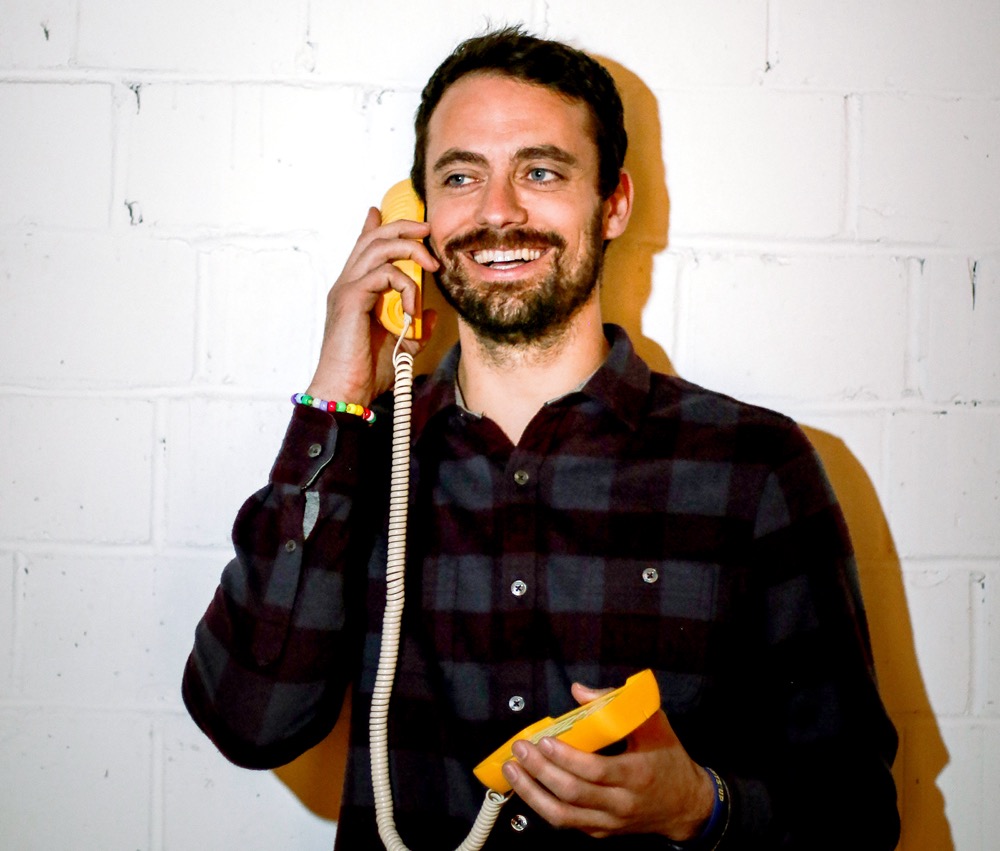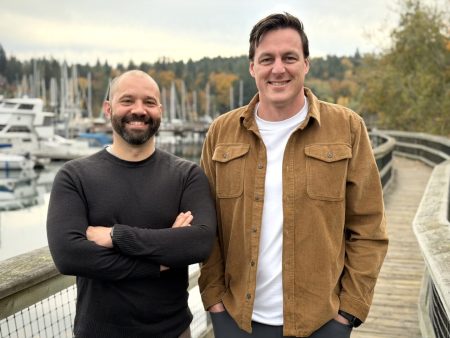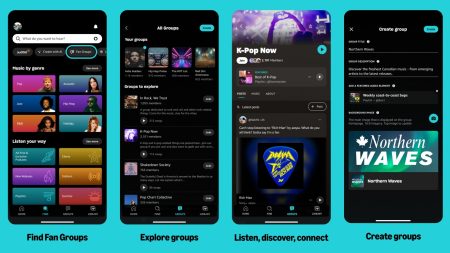The Unexpected Revival of Landlines: How Tin Can’s CEO is Reconnecting Kids in a Digital Age
In an era dominated by smartphones and screens, Chet Kittleson is bringing back something surprisingly radical: the humble landline telephone. As co-founder and CEO of Tin Can, Kittleson has created a WiFi-enabled landline phone that’s capturing the attention of parents nationwide who are concerned about their children’s relationship with technology. Each time one of the colorful Tin Can phones rings in his home, Kittleson experiences a mixture of parental joy and entrepreneurial validation. “As a parent, I’m excited that my kids are connected,” he explains, appreciating how the simple device gives his children agency in their social lives without requiring parental mediation. The traditional ring represents something beautifully straightforward—a friend or grandparent has decided to call. And from a business perspective, “every ring is a reminder that I think we have product-market fit,” Kittleson notes with satisfaction.
The journey of Tin Can has been remarkably swift. Alongside co-founders Graeme Davies and Max Blumen—all veterans of the Seattle real estate startup Far Homes—Kittleson launched the product with a clear mission: to help children connect with each other without falling prey to screen addiction. In just one year, the company secured $3.5 million in funding and quickly sold through its first two production batches. Tin Can phones now ring in households across all fifty states and throughout Canada, creating a network of screen-free communication for a new generation. “I think, effectively, we’ve gone viral,” Kittleson reflects with a sense of wonder. The success has confirmed his deep commitment to the concept: “They always say, ‘You’ve got to be willing to run into a burning building for the thing that you’re working on.’ And, man, would I run into a burning building for this.” Ben Gilbert of Pioneer Square Labs, an early backer of Tin Can, admits he initially had doubts about the viability of a landline in 2025 but now recognizes that Kittleson had tapped into something many parents were desperately seeking.
Kittleson’s passion for the landline experience is deeply personal, rooted in his own childhood in La Conner, Washington. Growing up at the tail end of the landline era, the phone was his lifeline to his father, who left when Kittleson was just four years old. His memories capture the full spectrum of landline culture: calling friends’ houses until someone answered, checking in with his mother from a friend’s home, and experiencing those nervously exciting calls to girls that somehow remained separate from their school interactions. “We ended up chatting almost like pen pals. I feel like we never acknowledged it in school,” he recalls with nostalgia. “That was exciting. I experienced the entire range of landline kid life.” Now as a father of three, Kittleson isn’t simply reacting against technology—he’s thoughtfully cultivating a family culture that prioritizes meaningful connection. His children have never owned personal devices, and screen-free activities are the norm: cribbage on plane rides instead of tablets, conversation rather than phones at restaurants, and embracing moments of boredom as opportunities for creativity. “It’s very important for my kids to learn how to be bored, and that shows up in lots of different places,” he explains.
The timing of Tin Can’s emergence aligns with growing concerns about technology’s impact on children’s mental health, as documented in works like Jonathan Haidt’s “The Anxious Generation.” Yet Kittleson approaches this cultural moment with optimism rather than alarmism. “All these people—researchers, writers, etc., have done an amazing job paving the way for a Tin Can to exist,” he acknowledges. “Our point of view is life is still really good. You just have to make choices, and we’re trying to provide a new choice that might remind you of an old choice.” Importantly, Kittleson doesn’t consider himself anti-technology. His excitement stems from redirecting technology toward strengthening human connections rather than isolating people. This nuanced approach extends to Tin Can’s future vision, which likely will expand beyond retro-inspired landlines while maintaining its core mission of meaningful connection. “I think there will probably be a combination of us building new things that we think can help, and maybe there are other things that we’ve lost that we can sort of revitalize,” he suggests.
What distinguishes Tin Can from many startups is the depth of its mission-driven culture—a quality that investors and team members find compelling. Vivek Ladsariya, Managing Director at PSL who serves on Tin Can’s board, recalls how during fundraising, Kittleson would flatly reject suggestions to incorporate trendy technologies like AI into the product. “He’s doing Tin Can because he cares about the mission more than anything else,” Ladsariya explains. “The level of conviction he brings—it’s contagious. People he hires, customers, investors are just drawn to him, because he’s so mission-driven.” This unwavering commitment to purpose has enabled Tin Can to carve out a unique position in the technology landscape—one that paradoxically uses modern technology to reclaim the simpler, more direct forms of communication that defined previous generations. In a world obsessed with the next digital innovation, Kittleson’s bold step backward has become a meaningful step forward for many families seeking balance in their children’s lives.
Kittleson’s story represents a growing countermovement in our hyper-connected society—parents who recognize that not all technological progress necessarily improves our quality of life. Through Tin Can, he isn’t just selling a product; he’s offering an alternative vision of childhood and family life where technology serves genuine human connection rather than replacing it. As the colorful phones continue to ring in homes across North America, they carry with them not just the voices of children and grandparents, but also a gentle reminder that sometimes the most innovative solutions are inspired by the past. In Kittleson’s own words, “It’s so aligned with who I want to be. This has given me a real opportunity to think about every element of my life and how I use technology, and I think a lot about how I connect with people.” It’s a philosophy that seems to be ringing true with an increasing number of families looking to stay connected in more intentional ways.















